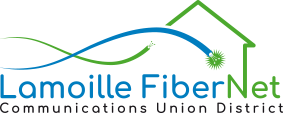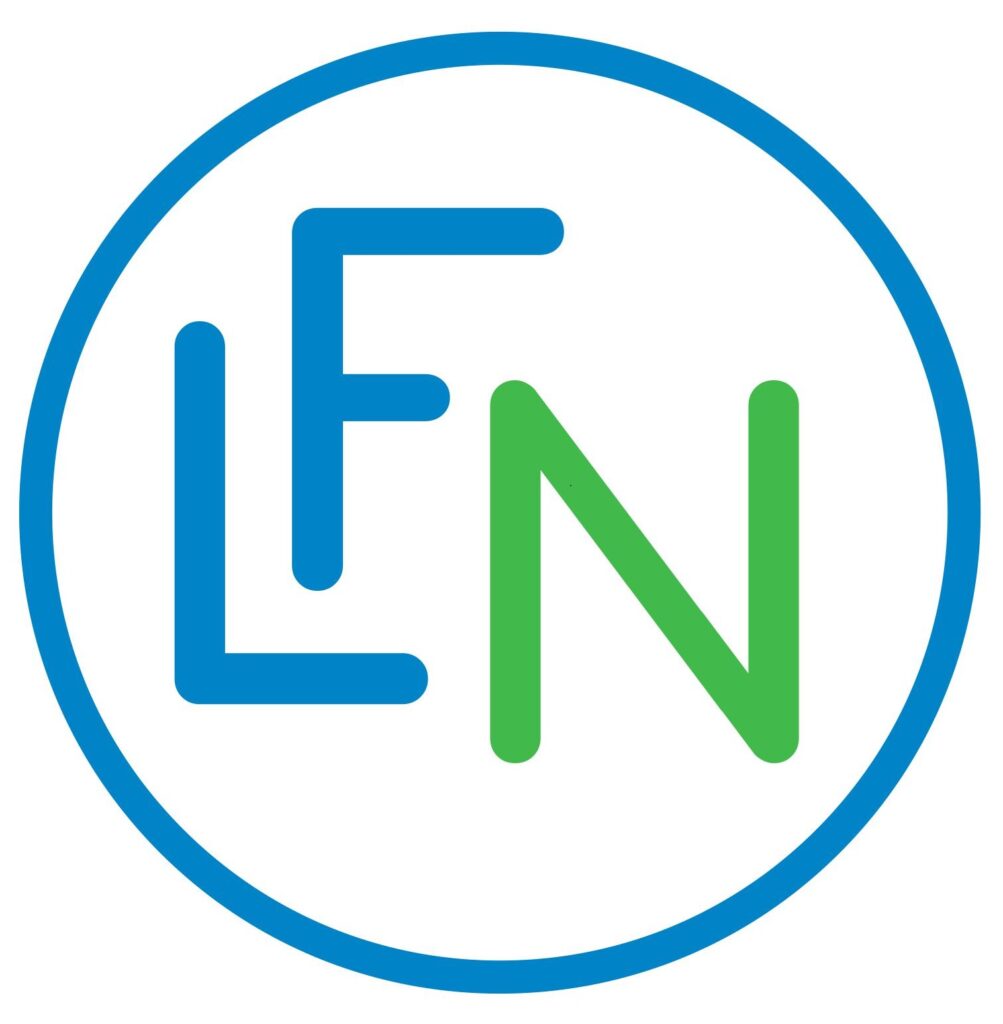Vermont selects board to achieve statewide broadband by 2028
The five members of the new Vermont Community Broadband Board will funnel resources to local communications union districts, amplifying their efforts to extend reliable internet to the farthest reaches of the state.
Officials and advocates appointed final members to the Vermont Community Broadband Board …. The new five-member entity met for the first time Aug. 9 and is dedicated to rolling out fiber broadband to every resident in the state — a goal the state hopes to achieve within five to seven years, according to Rob Fish, rural broadband technical assistance specialist for the state Department of Public Service.
Vermont is among the “top five worst-connected” states, according to internet research organization BroadbandNow. Data shows that Vermont’s average download speeds lag behind many other states even while the state’s residents pay relatively high internet bills. BroadbandNow indicates that sizable minorities of the population either lack wireless connections at home (7,000 people) or lack sufficiently high speeds (another 25,000 people). Federal Communications Commission (FCC) guidelines call for at least 25 Mbps download speeds.
Vermont projects the problem to be even greater, estimating that 51,000 homes both fall below the FCC’s threshold and are unlikely to have their needs addressed by private enterprise or federal programs, according to the state’s 10-year telecom plan released in June 2021.
Many homes might only have a digital subscriber line (DSL), which uses copper wires included in phone lines to transmit data, or no internet at all, Fish said. The board aims to install fiber-optic cables to provide 100 Mbps upload and download speeds or greater to these residences.
The state is taking a local-focused approach. The board is equipped with $150 million in American Rescue Plan funds, and intends to channel the money into local organizations known as Communications Union Districts (CUDs), which are already engaged in broadband expansion efforts. The board will provide grants, technical and administrative assistance and other help.
Challenges: Rural, Rocky and In National Competition
Since 2015, Vermont towns have together formed CUDs that aim to develop and implement solutions to their shared internet needs. These organizations intend to act as internet service providers (ISPs) for areas where profits would be too slim to entice private businesses to do so.
“Vermont is a rural state, the roads are long, the population density is not what it is in a more urban area, and this makes the business case for serving these areas a lot more difficult,” Fish said.
Fish explained that CUDs in more densely populated areas may only need to provide last-mile connections between private cable companies’ infrastructure and the final unserved homes located farther out, while CUDs catering to more rural regions may need to build out more extensive lines.
In rural states with rough terrain, the work can get pricey.
Jeremy Hansen is the chair of CVFiber, a CUD focused on the center of Vermont. He told GovTech the organization plans to hang fiber cables on telephone poles, a more cost-effective approach than trying to dig into Vermont’s rocky terrain.
The fiber will connect directly to homes of rate-paying customers, whose payments will support further expansion work. Before the state board — and its funding — emerged, CVFiber intended to focus on locations where it could sign up at least six residents per mile to keep operations affordable, Hansen said.
Even the board’s help won’t remove all financial challenges. Fish expects federal funding to jump-start efforts, but CUDs may need to supplement federal dollars with users’ rate payments to finish the work.
The growing national attention on unmet rural broadband needs adds another wrinkle. It is having the side effect of creating countrywide competition for materials, specialized personnel and resources among groups across the U.S. that are trying to address broadband problems, said Jane Campbell, chair of CUD Lamoille FiberNet, in an email interview with GovTech.
Hansen said he was inspired to launch CV Fiber after internet issues prevented a neighboring teacher from using a digital education tool with her students.
“She started using it then realized that not all her students had internet — not just internet sufficient to do homework assignments, but internet access period,” he said.
When the pandemic turned online learning access into a must-have, some students had to resort to sitting outside their closed schools to access Wi-Fi. Fish said the situation laid bare the fact that lack of home internet threatens residents’ right to an education.
Boost from the Board
The Vermont Community Broadband Board intends to amplify CUDs’ efforts by offering support, such as technical assistance and pre-construction and construction grants, and publicizing information about outside funding opportunities, according to legislation passed in June.
Hansen said he expects to turn to the board for legal advice about grants and other matters and for support in managing various funding sources for construction work. Campbell said the entity’s high-level view will allow it to coordinate CUDs’ efforts and facilitate efficient use of funds.
The board will first select a contractor to perform a pre-construction study that will assess the state’s upcoming broadband work both from a broad view and detailed engineering perspective, which will help identify efficiencies and ensure projects have addressed all necessary angles, Fish said. He believes construction on some CUD projects could begin this fall or next spring.
While the board initially intends to support at least 100/100 Mbps speeds to meet current needs, it’s aware residents may need faster data transmission as the internet becomes even more critical for health, education, business and daily life, Fish said.
“25/3 speeds (or even 100/100) will not be remotely adequate by 2031,” he said in written comments.
Therefore, fiber laid today may need to be easily upgradable as demand grows. Vermont’s 10-year plan anticipates residents needing anywhere from 1 to 10 Gbps upload and download speeds “in the coming decades.”
Meet the Board
The fully appointed board includes utilities experts as well as a member of the state Legislature who worked on the law that created the board. Several different groups selected the members.
Rep. Laura Sibilia, from the House Energy and Technology committee, was appointed by the Vermont Communications Union District Association (VCUDA). VCUDA President F.X. Flinn said in a press release that Sibilia “understands our mission and the variety of challenges faced by the different districts.”
Former Vermont PBS CEO Holly Groschner also joined as the House’s appointee, while the Senate selected Brian Otley, vice president for strategic development at health-care software company RCxRules and former senior vice president and chief operating officer of local electric utility Green Mountain Power.
Gov. Phil Scott filled out the final seats with Washington Electric Cooperative General Manager Patty Richards, who is designated to be the board’s chair, and Vermont Electric Power Company Vice President of Technology Dan Nelson.
Scott also chose his former 2018 gubernatorial rival Christine Hallquist to be executive director of the group. Hallquist most recently held high-level roles in two CUDs: NEK Broadband and Lamoille FiberNet.
“The appointment of Christine Hallquist to be the executive director of the board was a surprise to me, but a really, really good surprise,” Hansen commented, “Wow. If there’s somebody to lead that board, it’s definitely her.”
Reprinted with permission from GovTech: Vermont Selects Board to Achieve Statewide Broadband by 2028 (govtech.com)
The mission of Lamoille FiberNet Communications Union District (LFCUD) is to make locally controlled, affordable and reliable high-speed internet service available to every address in our member towns – Belvidere, Cambridge, Eden, Hyde Park, Johnson, Morristown, Stowe, Waterville and Wolcott. For more info, go to http://www.LamoilleFiber.net.




